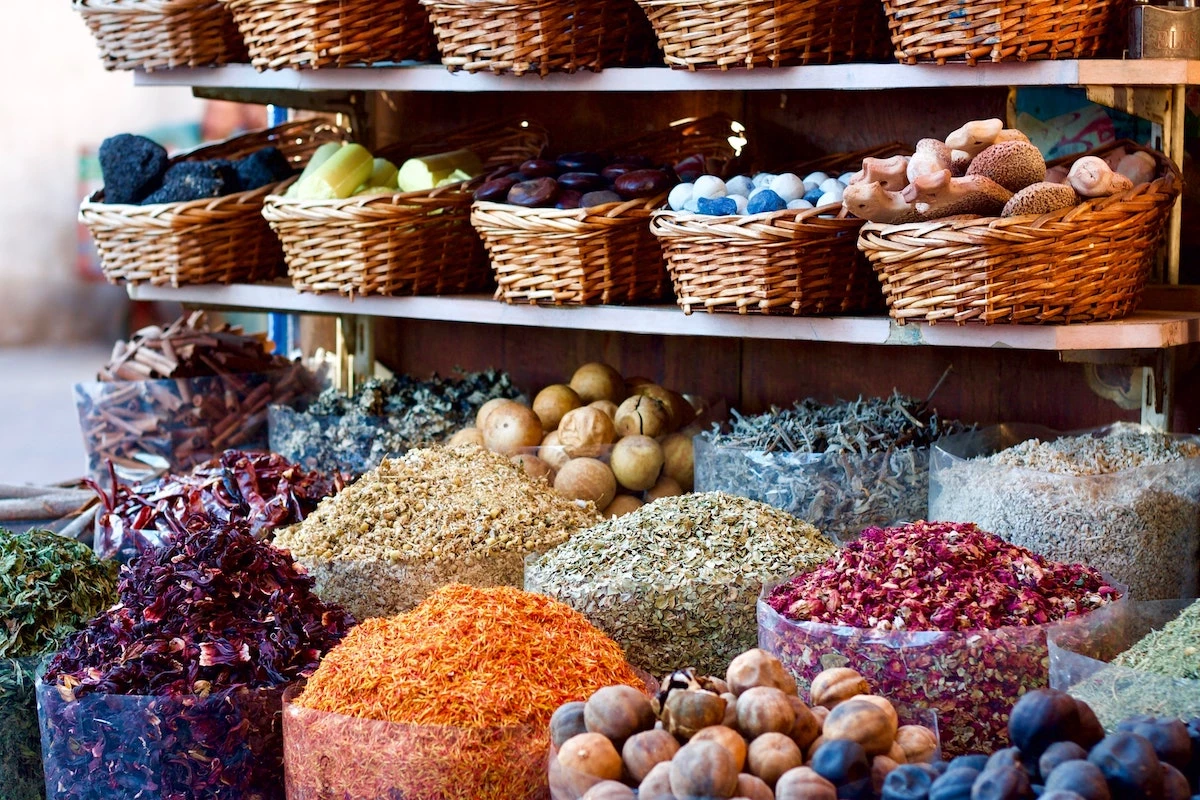
An Understanding Of Six Ayurvedic Tastes
Rasa in Ayurveda is a Sanskrit term that roughly translates to ‘taste.’ However, it also has other definitions such as juice, nectar, experience, etc. For instance,


Rasa in Ayurveda is a Sanskrit term that roughly translates to ‘taste.’ However, it also has other definitions such as juice, nectar, experience, etc. For instance,
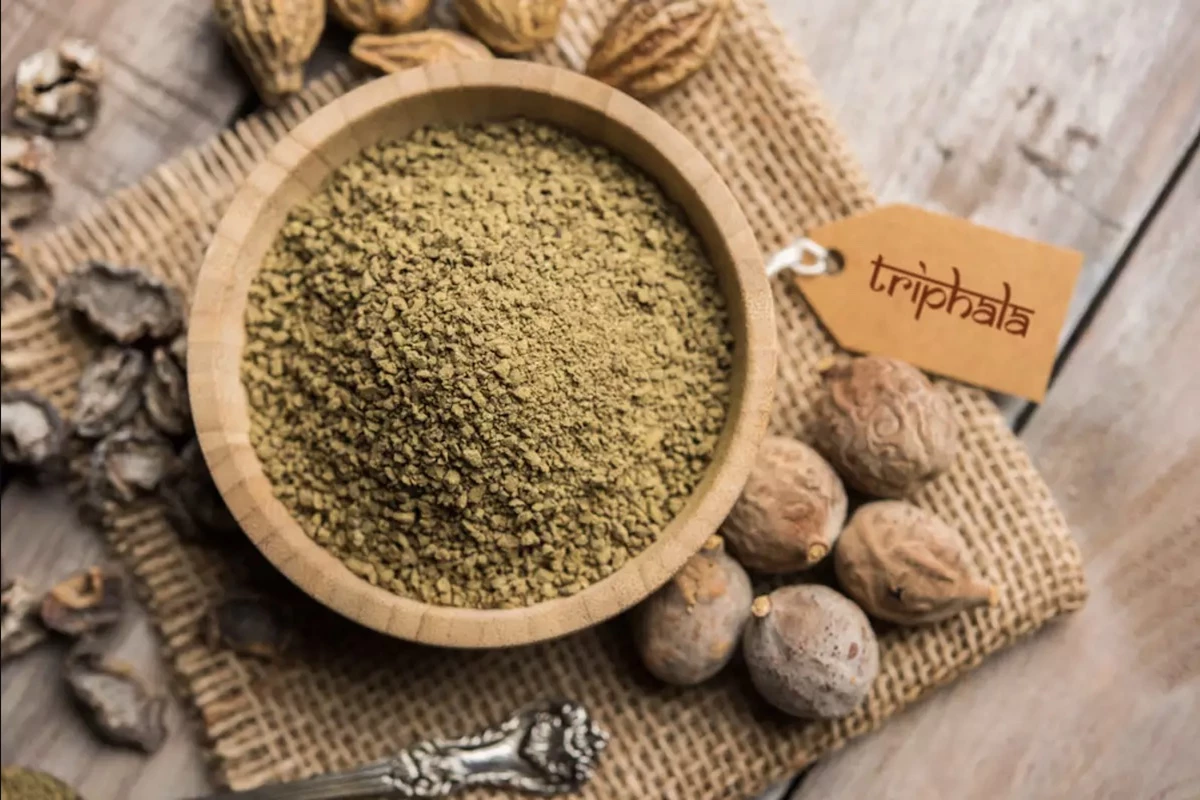
Tri = three, phala = fruits – Triphala is the combination of three natural fruits into one intricate blend with extraordinary health benefits. The supplemental powder
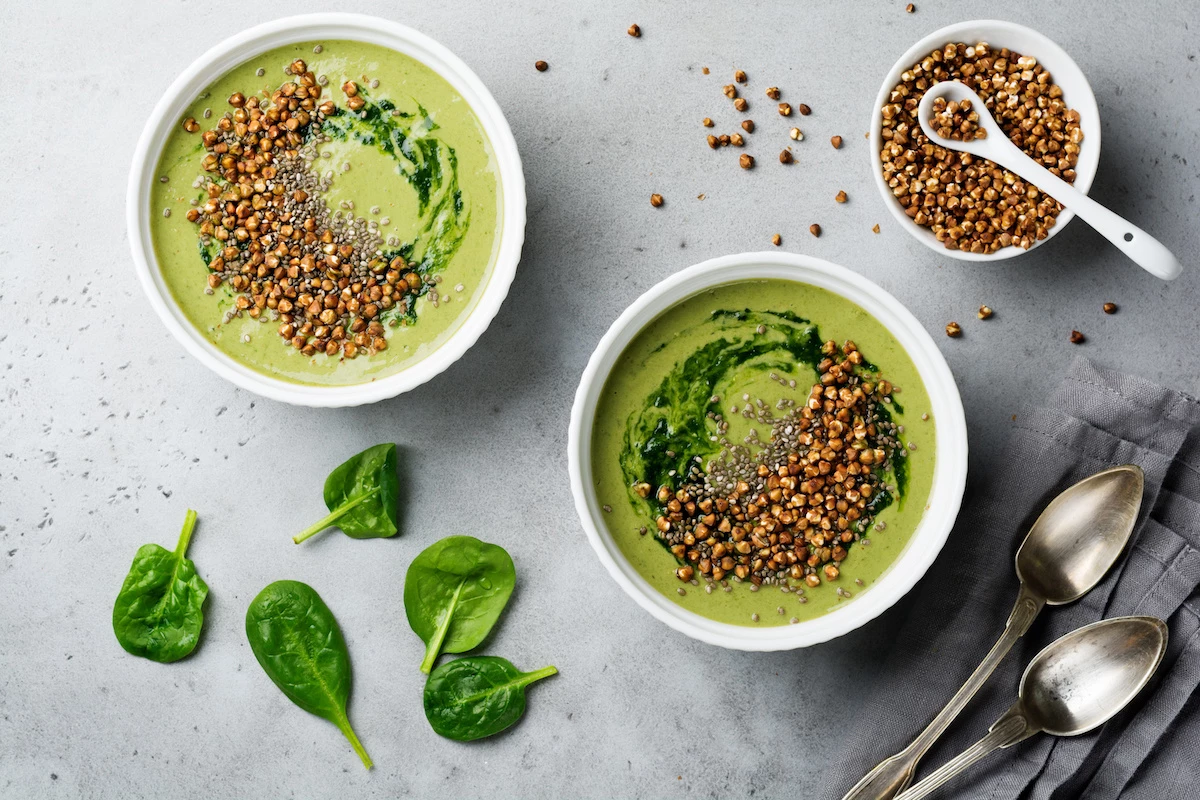
According to Ayurvedic medicine, each person has a unique constitution according to the three life forces, or doshas. This Ayurvedic body type is innate and

Ayurveda calls Shatavari (Asparagus racemosus) a rasayana (rejuvenating tonic) that may bestow a sense of wellness, calmness, and balance to those who consume it regularly.

The neem tree (Azadirachta indica) has a history of popularity due to its medicinal properties. This herb has found used in Ayurveda for over two

Moringa (moringa oleifera) or “the drumstick tree,” is a fast-growing perennial plant with pale grey bark, ovate leaves, yellowish-white flowers, and brown fruit. In
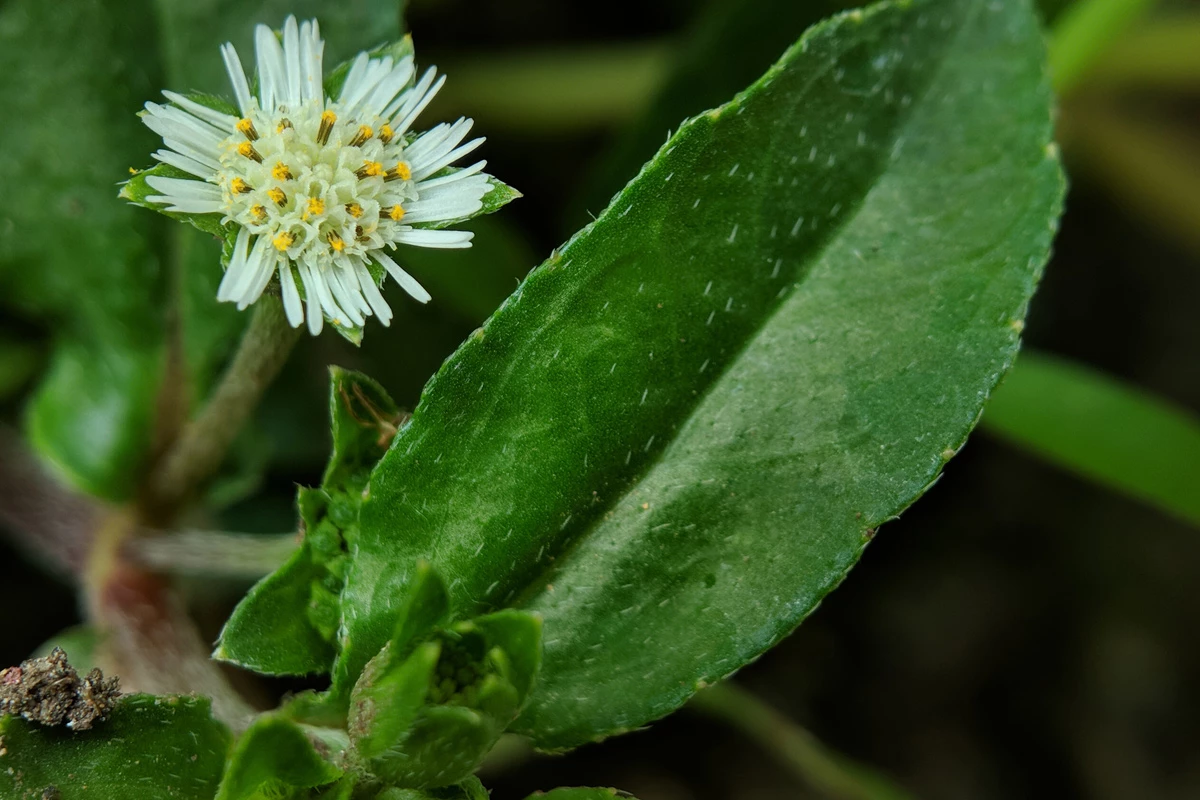
Bhringraj (Eclipta Alba) has a long history as a rasayana for in Ayurveda. This herb – called False Daisy in English – is an annual
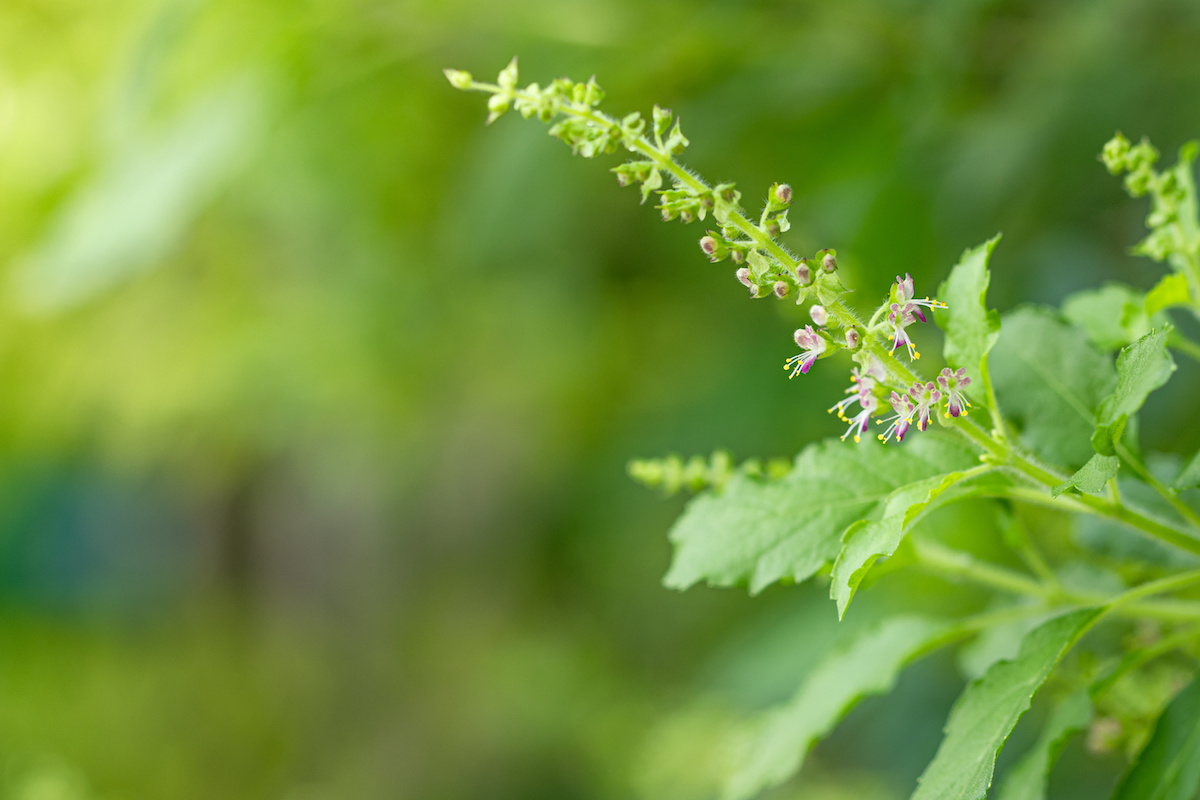
Tulsi (Ocimum sanctum), or holy basil, is a perennial plant in the Indian subcontinent. It has green or purple leaves and purple flowers. There are
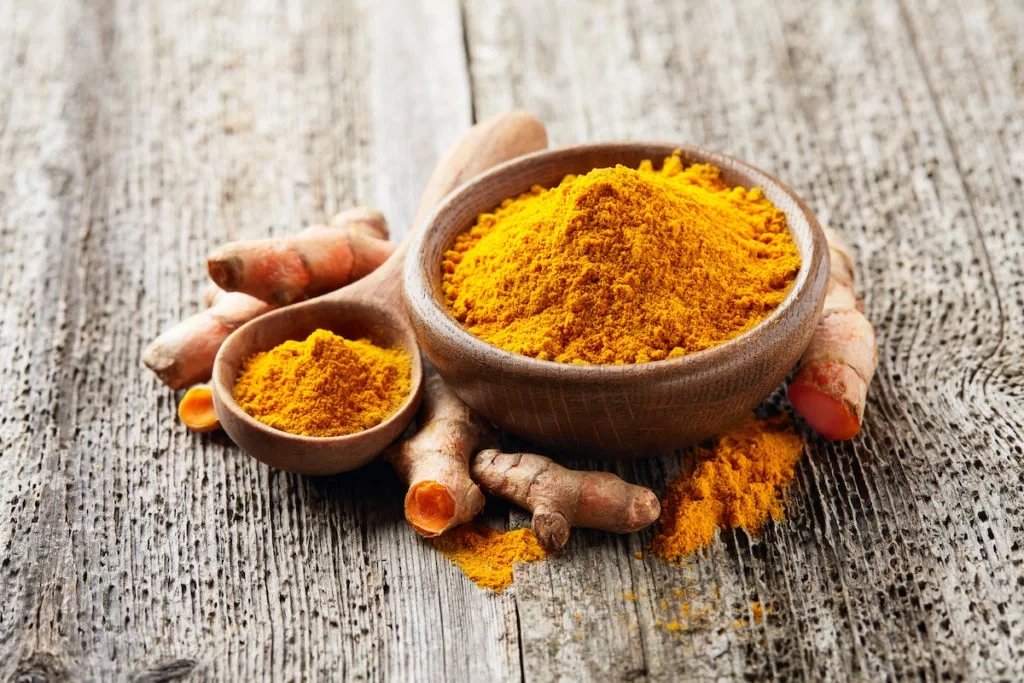
By subscribing to our newsletter you agree to our Terms and Conditions and Privacy Policy